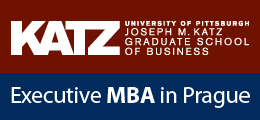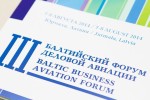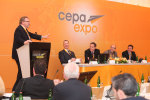Airbus strengthens R&T cooperation with China
 Airbus and China’s North Western Polytechnical University have signed a cooperation agreement on exploring ways to further apply 3D printing technology in the commercial aviation sector.
Airbus and China’s North Western Polytechnical University have signed a cooperation agreement on exploring ways to further apply 3D printing technology in the commercial aviation sector.
Under this new agreement, NPU will manufacture test specimens of titanium alloy parts for Airbus using its Laser Solid Forming technology. The specimens will be manufactured according to Airbus specifications and will be measured and assessed by Airbus.
“We are pleased to have been selected by Airbus, the world’s leading aircraft manufacturer, as a partner to carry out the pilot project to explore ways of applying 3D printing technology in commercial aviation,” says NPU President Weng Zhiqian. “This project is a test for our 3D research capability and we are confident we will deliver satisfactory results on quality and on time that will establish a solid foundation for further cooperation in this field.”
“R&T joint projects with Airbus and Chinese universities are an important part of the growing strategic partnership between Airbus and China. This initiative is further evidence of Airbus’ continuing search for capturing the best ideas in the world and turning them into industrially effective technologies to ensure the sustainable development of aviation,” says Rafael Gonzalez-Ripoll, COO of Airbus China.
Airbus is exploring the use of 3D printing technology to manufacture individual parts or even larger airframe structures for the company’s line of aircraft. Airbus is also working towards spare part solutions with this technology, which is ideal for producing cost-effective, out-of-production aircraft spare parts on demand.
3D printing technology could transform the manufacturing of airplane parts because it’s potentially cheaper, and could result in components that are up to 55% lighter than those produced using traditional manufacturing methods. 3D printing technology offers greater manufacturing flexibility, a promising reduction in the manufacturing process’ environmental footprint as well as cost- and weight-saving potential. In addition, this technique is ideally suited to producing low volume parts and is fantastic for prototyping.
Source: Airbus
Publishing or copying the content of AVIATION Times without a written electronic permission is strictly forbidden. If you have any information, tips, videos, photos or your press releases for us contact us at news@aviation-times.aero.
AVIATION TIMES © Copyright 2012 - 2025







